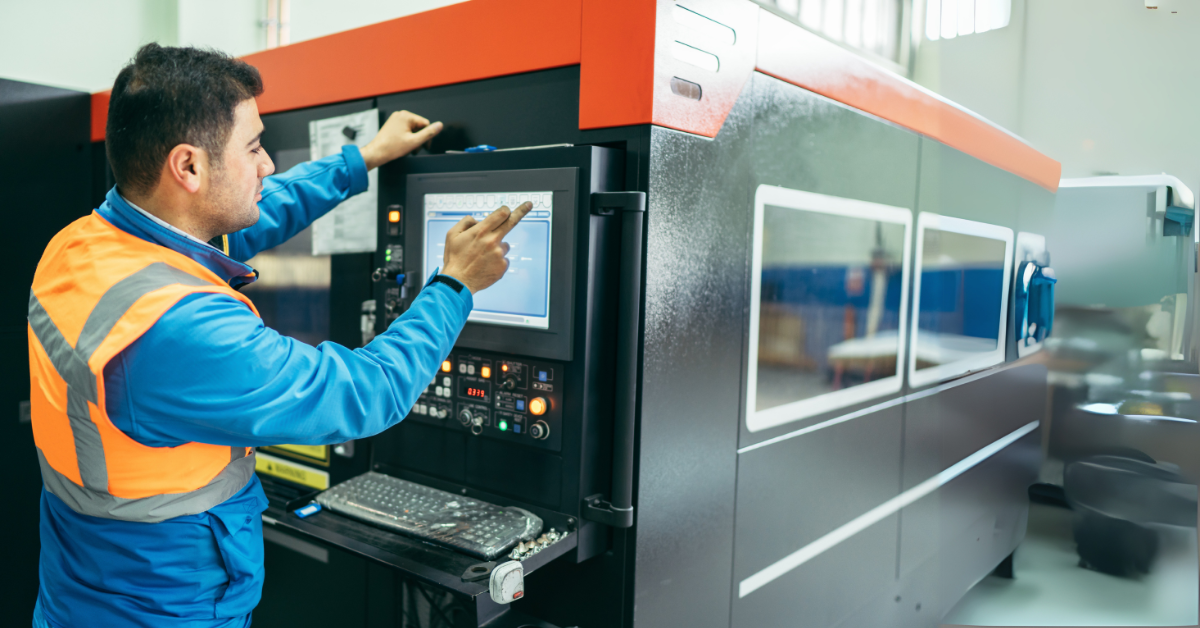
Level 1 Award in Fundamentals of Machine Design
- Comprehensive Knowledge: Understand the core principles of machine design.
- Practical Relevance: Gain insights into real-world applications of machine design.
- Career Starter: Build a strong base for advanced studies or entry-level roles.
- Problem-Solving Skills: Learn how to approach design challenges systematically.
- Certification: Earn a recognized Level 1 Award to enhance your credentials.
- Understand the fundamental concepts of machine design.
- Identify the primary components of mechanical systems.
- Analyze basic design parameters, including stress, strain, and load.
- Develop simple mechanical designs using foundational techniques.
- Apply knowledge to entry-level roles or further academic pursuits in engineering.
- Introduction to Machine Design
- Overview of machine design principles and history.
- Key Components of Machines
- Gears, levers, shafts, bearings, and fasteners.
- Material Selection in Design
- Importance of choosing the right materials for mechanical systems.
- Basics of Force and Motion in Machines
- Understanding load, torque, and energy transfer.
- Applications of Machine Design
- Simple case studies in mechanical systems and devices.
- Pursue higher certifications in mechanical engineering and design.
- Explore roles such as junior mechanical designer or technician.
- Gain the foundation needed for advanced studies in machine and system design.
- Experienced Trainers: Learn from experts with extensive industry experience.
- Recognized Certification: Earn a valuable credential to kickstart your engineering journey.
- Practical Approach: Real-world examples to help bridge theory and practice.
- Flexible Learning Options: Choose between online or classroom-based learning.
- Pathway to Growth: A stepping stone to higher-level qualifications and career success.
Study Units:
- Introduction to Machine Design
- Overview of machine design principles and history.
- Key Components of Machines
- Gears, levers, shafts, bearings, and fasteners.
- Material Selection in Design
- Importance of choosing the right materials for mechanical systems.
- Basics of Force and Motion in Machines
- Understanding load, torque, and energy transfer.
- Applications of Machine Design
- Simple case studies in mechanical systems and devices.
By the end of this course, learners will be able to demonstrate competency in:
Understanding Core Concepts
Grasp the fundamental principles and terminology of machine design.Component Identification
Recognize and describe the primary components used in mechanical systems, such as gears, levers, shafts, bearings, and fasteners.Material Selection
Understand the criteria for selecting suitable materials for different mechanical applications.Basic Mechanical Analysis
Analyze basic forces acting on components including stress, strain, load, torque, and motion.Design Development
Apply foundational techniques to develop simple mechanical system designs.Application of Knowledge
Relate theoretical knowledge to real-world mechanical systems and case studies.Problem Solving
Approach basic machine design challenges using logical and systematic methods.Career and Academic Progression Readiness
Demonstrate readiness for entry-level roles or further studies in mechanical and systems design.
This course is ideal for:
Beginners and Entry-Level Learners
Individuals with little to no background in mechanical engineering who want to build foundational knowledge in machine design.Students of Engineering and Technical Fields
Those currently studying mechanical, industrial, or technical disciplines who want to supplement their academic learning.Aspiring Mechanical Designers
People interested in exploring careers in mechanical design, drafting, or related technical roles.Technicians and Vocational Trainees
Learners in technical or vocational training programs seeking to strengthen their understanding of machine design fundamentals.Career Switchers
Professionals from other fields who wish to transition into mechanical or design-related roles.Pre-Engineering Candidates
Individuals preparing to pursue higher-level qualifications or diplomas in mechanical engineering or machine design.
Our assessment process is designed to ensure every learner achieves the required level of knowledge, skills, and understanding outlined in each course unit.
Purpose of Assessment
Assessment helps measure how well a learner has met the learning outcomes. It ensures consistency, quality, and fairness across all learners.
What Learners Need to Do
Learners must provide clear evidence that shows they have met all the learning outcomes and assessment criteria for each unit. This evidence can take different forms depending on the course and type of learning.
Types of Acceptable Evidence
Assignments, reports, or projects
Worksheets or written tasks
Portfolios of practical work
Answers to oral or written questions
Test or exam papers
Understanding the Structure
Learning outcomes explain what learners should know, understand, or be able to do.
Assessment criteria set the standard learners must meet to achieve each learning outcome.
Assessment Guidelines
All assessment must be authentic, current, and relevant to the unit.
Evidence must match each assessment criterion clearly.
Plagiarism or copied work is not accepted.
All learners must complete assessments within the given timelines.
Where applicable, assessments may be reviewed or verified by internal or external quality assurers.
Full learning outcomes and assessment criteria for each qualification are available from page 8 of the course handbook.
Top Courses
Related Courses
Let's Get in touch
Deleting Course Review
Course Access
This course is password protected. To access it please enter your password below:



